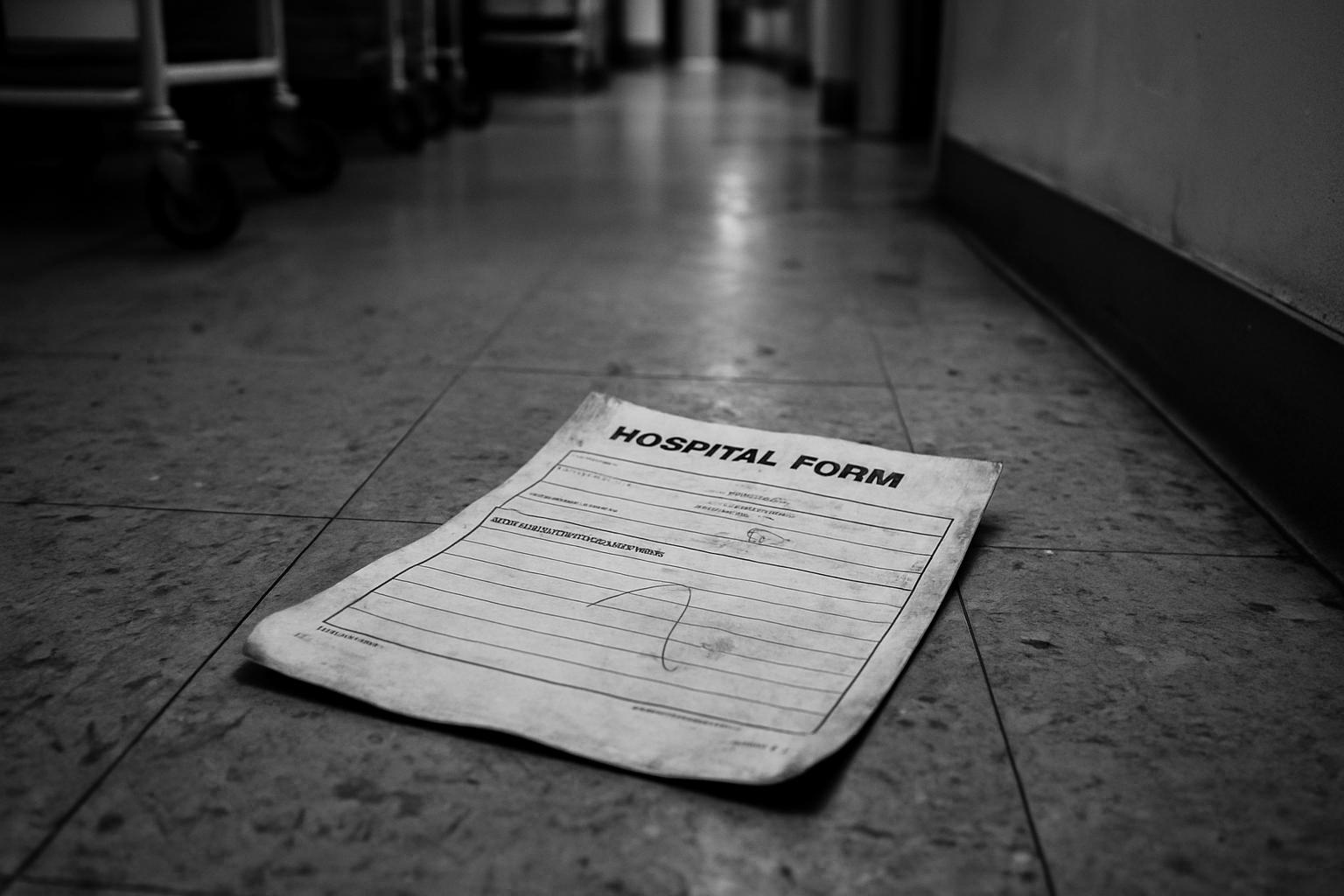The NHS medical negligence bill has reached an estimated £60 billion, a fourfold increase since 2006/07, according to a recent report by the National Audit Office (NAO). This burgeoning liability now ranks as the second largest on the Government’s balance sheet, surpassed only by nuclear decommissioning costs. The sharp rise has been driven by an increasing number of claims, larger compensation payouts, and escalating legal fees, which in many cases exceed the amount awarded to the harmed patients themselves.
The NAO’s report highlights concerning dynamics in legal costs associated with clinical negligence claims. Claimant legal fees for successful claims have surged from £148 million to £538 million in real terms between 2006/07 and 2024/25, representing 15% of the total settlement costs. In comparison, legal defence expenses incurred by the NHS have also risen but at a slower pace, increasing from £76 million to £159 million and dropping from 7% to 4% of settled claim costs over the same period. Particularly striking is the disproportionate cost of low-value claims—typically those settling for £25,000 or less—where legal fees amount to nearly four times the damages paid. In 2024/25 alone, £143 million of the £183 million spent on low-value claims was allocated to legal costs, with only 21% covering compensation. Meanwhile, very-high-value claims over £1 million, mostly relating to brain injuries from poor maternity care, account for 68% of total costs despite comprising just 2% of cases by volume.
The annual cost of settling clinical negligence claims has more than tripled in two decades, rising from £1.1 billion in 2006/07 to £3.6 billion in 2024/25. This upward trajectory reflects both the increasing financial impact of obstetric injuries—such as cerebral palsy or brain damage—and a legal environment where claimants’ legal costs have escalated sharply. NHS Resolution has made efforts to resolve claims more rapidly and without litigation, but the NAO emphasises that further measures are necessary. Gareth Davies, head of the NAO, underscored the importance of reducing patient harm to contain costs, suggesting that the Department of Health and Social Care (DHSC) reassess whether current legal cost structures remain proportionate and explore alternative methods of compensation that could yield better outcomes at lower overall expense.
In response, the Government has announced plans to introduce a cap on legal costs for lower-value clinical negligence claims, aiming to save the NHS an estimated £500 million over the next decade while streamlining the compensation process for patients. This initiative directly addresses the alarming fact that claimant legal fees have grown fourfold over 16 years for these cases, often eclipsing the damages awarded. The cap, expected to be implemented in the near future, will fix recoverable legal costs for claims up to £25,000, curbing instances where fees have reportedly been more than 80 times the award given to victims in minor claims. The Government's consultation on these reforms includes proposals for a more proportionate, quicker settlement process, reducing the need for costly court proceedings.
Recent data from the Association of Costs Lawyers further illustrates the rising financial pressure, reporting a 14% increase in claimant legal costs in the year ending March 2025 compared to the previous year, with the NHS facing £621 million in claimant fees. This rise is linked to more cases resulting in higher settlements and the growing use of periodical payments. The Independent also notes that NHS payouts for medical negligence, especially related to maternity care, hit a new annual high of £2.8 billion. While the volume of new claims has remained relatively stable, the increased value of claims has intensified the financial strain on NHS resources.
The Department of Health and Social Care acknowledges the challenges posed by clinical negligence claims and legal fees. A spokesperson highlighted ongoing reforms focused on patient safety and improved care standards, particularly within maternity services, as fundamental to reducing incidents that lead to claims. The Government has appointed legal expert David Lock KC to advise on how to refine the claims process and mitigate escalating legal costs. These efforts are seen as essential steps to redirect funds currently absorbed by legal settlements back into frontline NHS services, addressing what the Government characterises as the “broken state” of the NHS’s safety landscape.
Legal professionals, including the Law Society, anticipate that the new fixed recoverable costs regime for claims up to £25,000, due for implementation in April 2024, will lead to a more expedient and less contentious process. Approximately 60% of claims against the NHS fall within this lower-value bracket, so these reforms are projected to alleviate a significant portion of the NHS’s financial and administrative burden caused by clinical negligence litigation.
Overall, the scale and costs of clinical negligence claims present a major financial challenge for the NHS and taxpayers. While patient safety improvements remain the cornerstone of the Government’s long-term strategy, the evolving legal framework aims to ensure that compensation systems are fairer, more efficient, and less costly, preserving vital healthcare resources.
📌 Reference Map:
- Paragraph 1 – [1], [4]
- Paragraph 2 – [1], [4], [6], [7]
- Paragraph 3 – [1], [5], [4]
- Paragraph 4 – [2], [3], [6]
- Paragraph 5 – [4], [5]
- Paragraph 6 – [1], [5]
- Paragraph 7 – [1], [2], [7]
Source: Noah Wire Services
